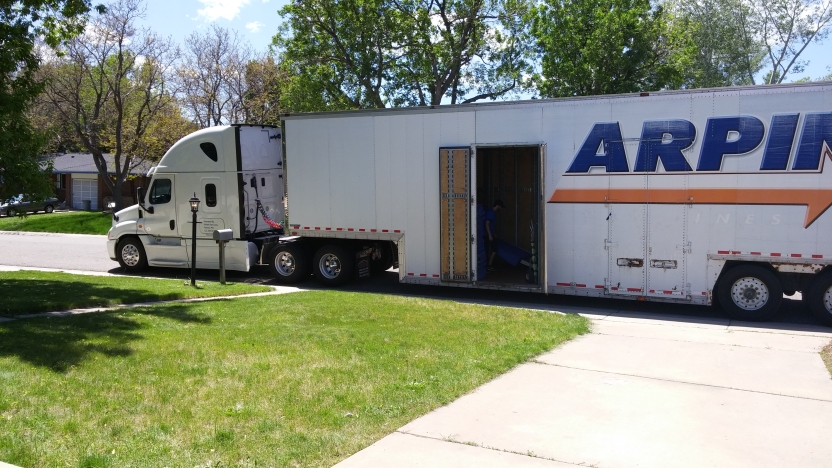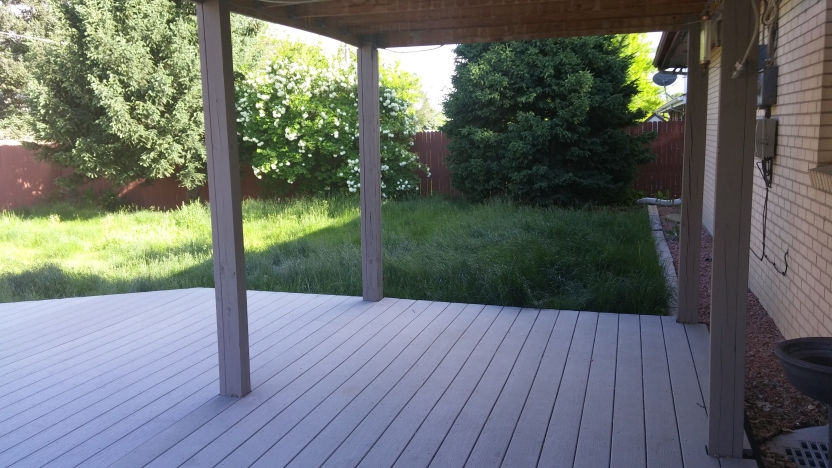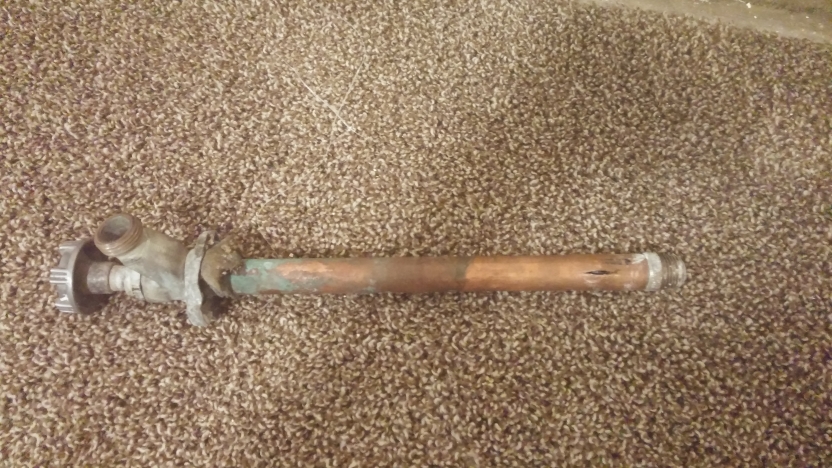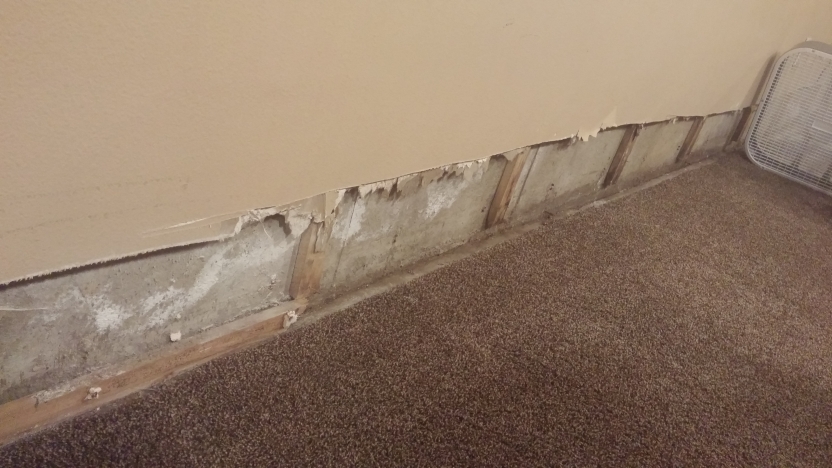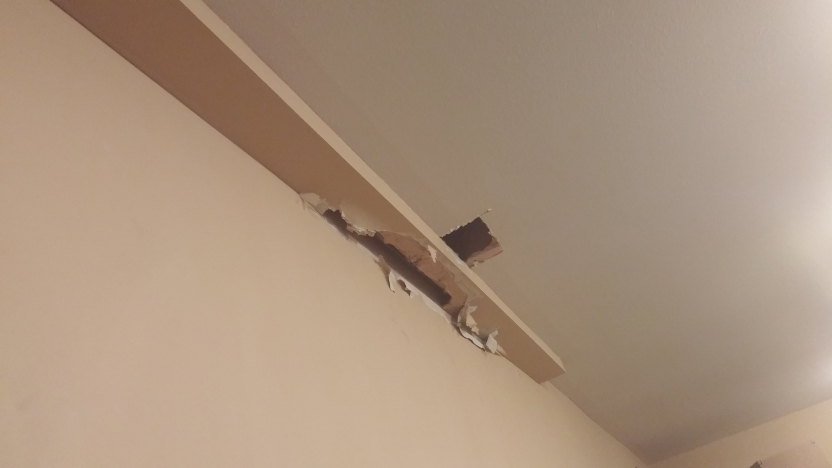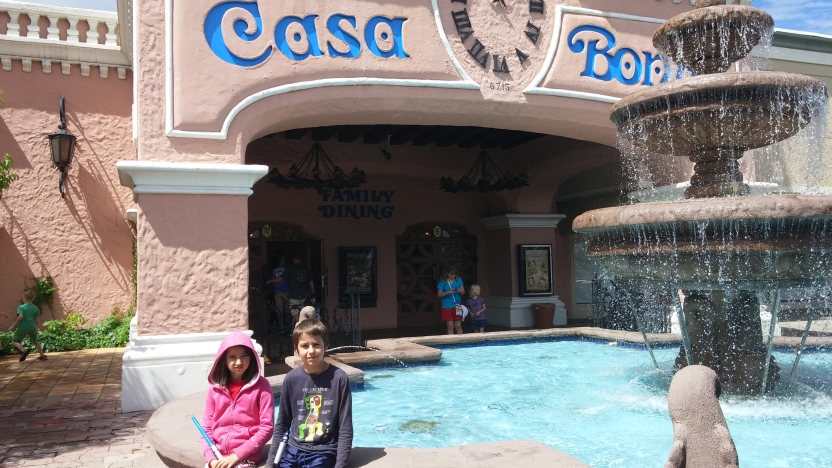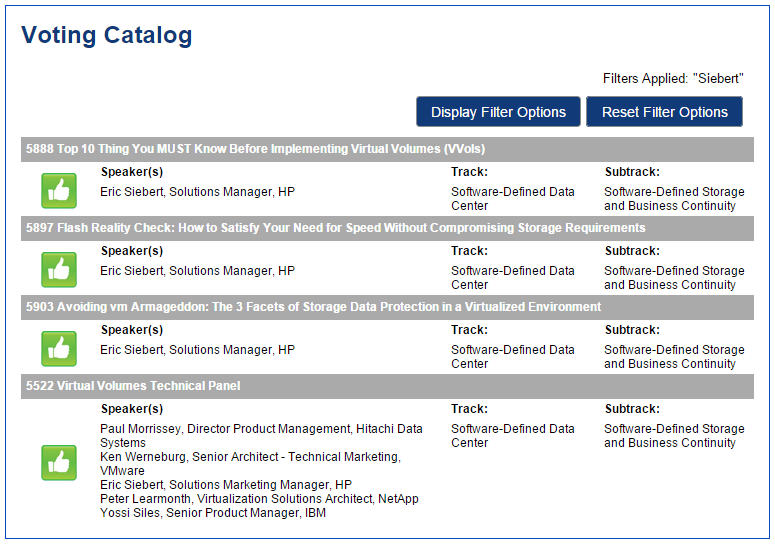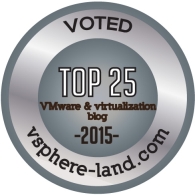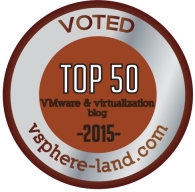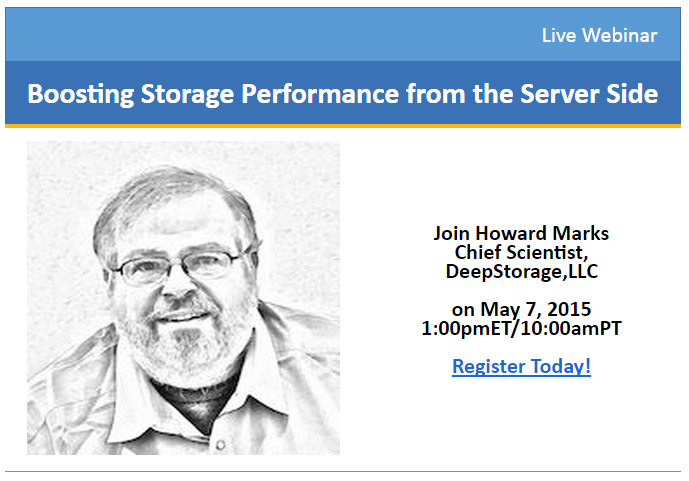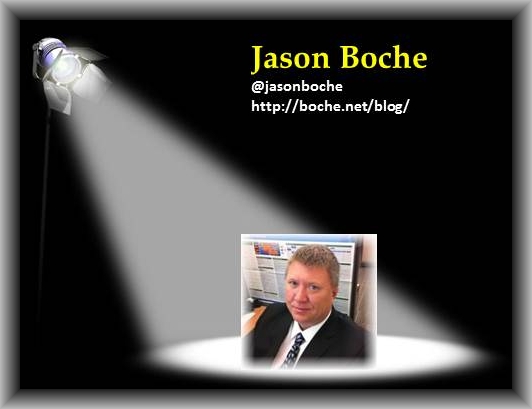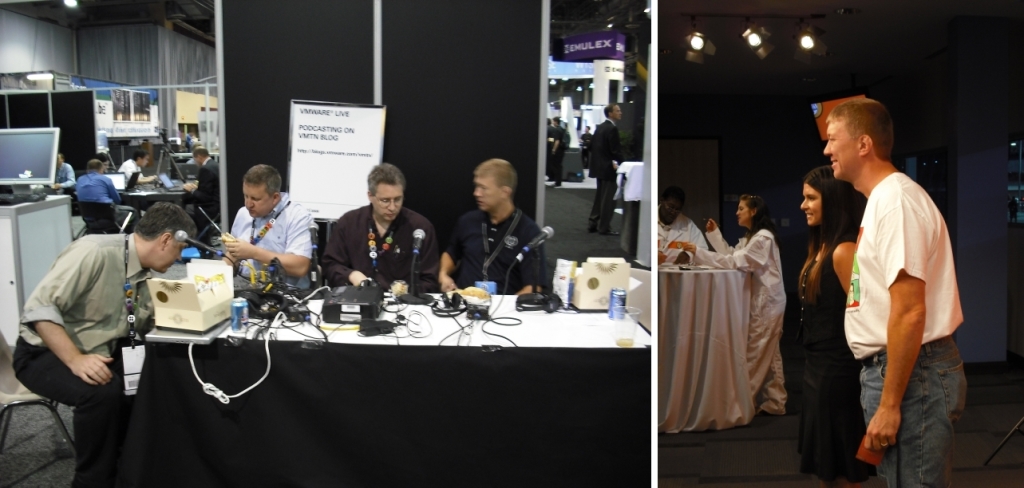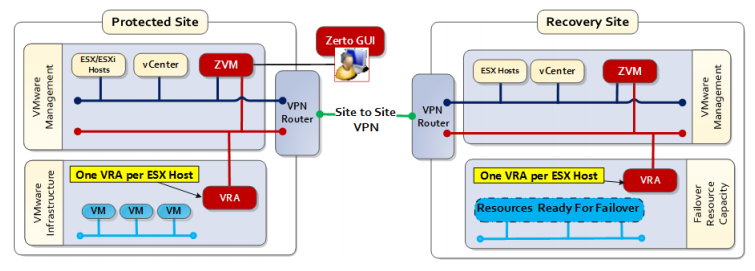Author's posts
Jun 23 2015
Back in the saddle again
So I’ve been pretty disconnected from everything over the last 4-5 weeks or so as I’ve been relocating from AZ to CO just in time to beat the 110+ degree heat. The whole move process took much more effort than expected so I haven’t had much time (or energy) for much else than moving and work. Despite having done the reverse move 2 years ago this one was harder mainly because getting my house that I had rented out when we moved to AZ back in shape took a lot of time, money and effort.
Goodbye Arizona:
Hello Colorado:
Starting with 2 foot long grass that tppk hours to cut, to internet and cable snafus and mix-ups that left me without services for days. I went with Comcast as its the only real option in my area with DSL being a crappy 20Mbps and bought a Surfboard modem, I elected to do a self install so I could get it up and running quickly. Well that went south real quick as I could not connect once I hooked up the modem and it turns out they had disconnected it from the top of the utility pole out back so there was no way for me to get it going. Days later they finally came out and fixed that, I initially went with DirectTV as I dislike the Comcast X2 setup, they showed up without the equipment I ordered on the phone with them and wanted to me to buy all sorts of expensive boxes so I kicked them out and went with Dish who came out a few days later, so far I’m happy with them.
Some tall grass:
From there I had to deal with water damage in the finished basement in 2 different areas from a broken outside spigot that froze when someone left a hose on it in the winter to clogged gutters and re-directing water away from the house. I had to rip out drywall and carpet padding, get the pipe fixed and re-do the drywall and carpet which was a big job. Add in very overgrown trees, bushes and hedges, appliances that need replacing, other plumbing issues and all sorts of other misc work and I’ve been going non-stop on that. Still trying to get organized, finally got my man cave up and running a week ago, well mostly that is but I’m finally at a state where most of the hard stuff is done.
Burst pipe:
Lots of drywall to fix:
More near the ceiling:
I was out at the KC VMUG last week, I’ll be going to the Indy VMUG in July and Chicago VMUG in Sept. I’ll also be at VMworld presenting in 3 sessions as well. I had to take a break from shipping Top vBlog coins during the move process, I think I’ve sent out about half of them. The rest should be going out in the next week so if you don’t have yours yet you should soon.
So I’m back in the saddle again, expect to see lots more content here soon!
Kids favorite restaurant in CO:
May 12 2015
Public voting for VMworld 2015 sessions now open!
VMware just opened the public voting on session submissions for VMworld 2015. The way sessions are usually approved is via an independent content committee that reads through and scores each session submission, the ones with the highest scores make it in. I did it one year and it was a very tedious job and it was something I would not want to repeat again. VMware also allows certain larger sponsors to score a select group of sessions, I was offered that role at HP this year and turned it down.
The public voting is a route for sessions that might not make it through the normal content committee scoring process to be selected as a VMworld session, VMware refers to these as Customer Choice sessions. The odds are small that a session will make it given the very large number of session submissions but their is a glimmer of hope. I copied the voting table into a spreadsheet and it came out to around 5,280 rows with each session taking up 3 or 4 (2 speakers) rows so there is at least 1,500 submissions to sort through. As a result your session submission can very easily get lost as it appears they are all listed in random order. There are search and filtering functions that can be used as well.
According to the FAQ, VMware claims they reserve space on the VMworld agenda for up to 5% of Customer Choice sessions. As there were about 400 sessions last year that means less than 20 will be chosen based on public voting, so again chances are slim that your submission will get through this way unless get the word out for people to vote for you.
You need a VMworld account to vote, its quick and easy to create one and voting is open from now until May 26 at 11:59pm PDT. You
can vote on as many sessions as you’d like but you can only cast one vote per session. So with that said, here’s my plea for you to consider voting for my session submission on VMware Virtual Volumes. If you like all the content I’ve written here on them I think you will really enjoy the session as well. Feel free to also vote for my other submissions including the technical panel on VVols that VMware is hosting.
To do this simply click the Display Filter Options when you login to the voting site and put in the keyword “Siebert” and when the results display click the thumbs up to vote so it turns green. You can do further filtering and searching to find all the other sessions you want to vote on. I thank you for your vote and good luck to all!
May 11 2015
Some Virtual Volumes (VVols) news and tidbits
I’ve been collecting VVols information and links to add to my VVols link page and ran across some interesting items that I thought I would share. Let’s start with events:
- Taneja is doing a deep dive webinar with Dell into their implementation on VVols on May 14th at 9:00am PST as a follow-up to the other VVols webinars that they have done with a group of partners as a panel and with VMware. Look for me to be participating in one as well soon representing HP.
- Tintri is doing a VVol webinar this week entitled “Top 5 VVOLs Myths and Misconceptions”, I don’t know that there are many myths about VVols floating around but I am sure there are some misconceptions so you might check it out. As Tintri touts their storage as being able to work at the VM level without VVols I’m sure the myths might be tied to that in an effort to promote their implementation. This one is also on May 14th at 9:00am PST so you’ll have to pick which one you want to watch live.
- NexGen is doing a series of events in various cities from May 19th – June 24th with storage veteran Howard Marks entitled “Putting VVols to work – Storage Best Practices for vSphere 6 and Beyond”. If Howard is doing these they have to be good so be sure and attend if it comes to a city near you, right now they have listed Dallas, San Diego, New York, Atlanta, Seattle, Santa Clara and Denver.
Now for some other VVol info:
- VMware has just published a new KB article detailing interoperability between VAAI offloads and VVols storage. It’s a bit short as it summarizes it, you can find a much more detailed version of it in this blog post from Rawlinson at VMware.
- VMware has published another KB article that details how UNMAP works with VVols, however it might not be what you think. With VVols there is no longer the need to perform UNMAP operations as was necessary with VMFS using the vmkfstools and esxcli commands as the storage array sees VMs as objects and knows when they are deleted or moved so it can automatically reclaim that space. This KB article covers UNMAP from within the guest OS which is now possible as UNMAP commands initiated by a guest OS that supports UNMAP are passed back to the storage array to be reclaimed. I asked Cormac Hogan at VMware about this about a year ago and he confirmed this would work but know we have confirmation of it. In addition this apparently works with VMFS as well now in vSphere 6 as Cormac details in this blog post.
- Veeam announced that they now fully support vSphere 6 and VVols with their new Update 2, so naturally I was curious and tried to find out more detail around their VVol support. They have listed as a new feature “Quick Migration to VVol datastores”, right now the only migration path from VMFS to VVols is using Storage vMotion so it sounds like they are doing something similar to copy a VM from VMFS to VVols. The Veeam Quick Migration feature is not a live migration like a Storage vMotion so there is a brief disruption as they pause the VM after it is copied and then resume it. I’m guessing they are using the vSphere 6 VDDK which now supports VVols to be able to do this as I don’t think they can have a backup appliance connect directly to a storage array using a Protocol Endpoint similar to the Direct to SAN method in VADP. I’ve reached out to Rick Vanover to clarify their support for VVols and how it impact’s their Direct to SAN backup method.
- Still only 7 vendors listed in the VMware HCG for VVols support, I wonder when EMC, Dell, Pure and others will finally join the VVol support club.
That’s all for now, read lots more about VVols in my ever growing VVols link page.
Update from Rick Vanover at Veeam:
1) Does this mean you support the Direct to SAN method to backup a VM that is in a VVol storage container? If so are you establishing a protocol endpoint from your backup appliance/VM to the storage device?
>> Hot Add and NBD only. This is due to the VDDK capabilities.
2) What’s your quick migration method from VMFS to VVols? As it stands Storage vMotion is the only way to move a VM to VVols, are you simply doing a backup/restore or something else? Is this cold or hot?
>> VVols or VMFS makes no difference as VDDK abstracts that for us, so our prior logic still applies. In short, we create a new VM and stuff its virtual disks with data from the source VM (same as our replication jobs do). Migration “temperature” will depend on migration scenario and engine used: hot for VMotion, “warm” for Smart Switch, cold in other cases.
May 02 2015
Introducing the Top vBlog 2015 Virtual Coin
The physical Top vBlog 2015 commemorative coins are being mailed out to the Top 50 winners this year. If you don’t have your coin yet you should in the next 1-2 weeks. I’ve had people ask about logos to display on their blogs so I’ve hired a graphic designer to P2V the coins for me. So available now is the official vCoin of Top vBlog 2015 so you can bling up your blog to show your readers how you ranked this year.
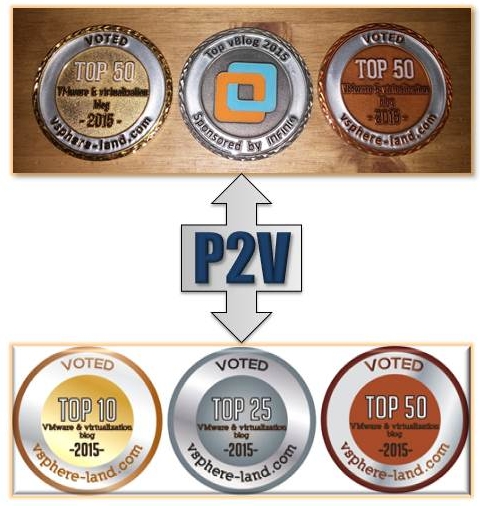 You can download the appropriate coin for your ranking here:
You can download the appropriate coin for your ranking here:
Top 10 – Gold vCoin: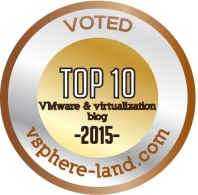
Top 25 – Silver vCoin:
Top 50 – Copper vCoin:
Apr 30 2015
Upcoming webinar: Boosting Storage Performance from the Server Side
Join Infinio and the mad chief scientist from Deep Storage himself, Howard Marks for a webinar on May 7th at 10:00am PST to find out how using compute server resources to accelerate storage access can bring greater levels of storage performance and flexibility to the modern data center while simultaneously helping to keep costs under control.
The always entertaining Howard Marks has decades of knowledge and experience with storage so be sure to give this one a watch to learn more about server-side storage accelerator technology. He also has a rather unique method of simulating a storage failure which you can find all about here.
Apr 26 2015
vBlogger Spotlight: Jason Boche
Top vBlog 2015 is over but I’m still continuing my vBlogger Spotlight series to shine the spotlight on several prominent bloggers in the community to give you some insight into their experiences with blogging. Today’s spotlight is on Jason Boche, a good friend of mine from way back to the days when we were VMTN moderators together. Jason is one of the only bloggers that I know that has a full fledged data center running in his basement to power his home infrastructure services and serve as his home lab for blogging at boche.net. Jason mentions VMworld 2008 were I convinced him to start blogging, here’s a pic of some of us doing the Community Roundtable podcast way back in the early days live from VMworld and also a pic of Jason after he tried to explain what vMotion is to Danica Patrick.
Jason has a fondness for cigars so if you ever run in to him at a VMware event be sure and pack a few stogies to smoke with him. So without further ado enjoy a Q&A session with Jason Boche:
What year did you start your blog?
[Jason] I started my blog in the year 2008.
What inspired you to start a blog?
[Jason] I gained a lot of knowledge and experience working with VMware products in a large corporate environment as well as in my home lab. I had also spent a lot of time sharing the knowledge that I had gained early on with others in the VMware community forums. Blogging and other forms of social media was gaining popularity as output channels for content and after a discussion with my Eric Siebert at Las Vegas Motor Speedway in 2008, that seemed to be the next logical step.
Describe your early blogging experiences and how you have evolved over the years?
[Jason] When I got my blog started up in my home lab, my brain was overflowing with blog articles I wanted to get out. Early on I think I was producing many blog articles on a daily basis. That eventually slowed down to a more reasonable and digestible rate but managing an enterprise datacenter with VMware and other infrastructure products still gave me plenty to write about in the coming years. Four years ago I transitioned out of a customer role and moved to the VMware partner side of the world where I work for a storage vendor. My blogging output has dropped considerably during this period. Part of this is due to the lack of operational day in day out hands on VMware products that I used to have, and part of it is due to a personal shift with more time and focus spent on my growing family. Sharing and giving back to the community what I can was and still is very rewarding but it comes with a cost which is a time component. Over the last few years my priorities have shifted from community to family. It’s evident in my blogging and my participation in other social media avenues. I haven’t given up completely, it’s just a re-balance.
What has kept you blogging over the years and not quitting at it?
[Jason] Datacenter architecture and technology is in a perpetual state of evolution and transformation. I still have plenty to learn and in turn share with others. Blogging is one of many facets of community. Community is important to me and for as long as I can remember, I’ve been wired to support others and give back which I have done in many ways throughout my lifetime. The name Jason translated from Greek literally means “healer”.
What was your best experience or fondest memory related to blogging?
[Jason] Positive feedback from others that I’ve helped them or saved their weekend in some way. I’ve been there and I know the feeling of mental and physical exhaustion and eventually overwhelming relief when a problem is solved.
Any advice for others who are new to blogging?
[Jason] Your blog therefore you are in control with your own rules. Don’t get caught up by others telling you what you should and should not do with your blog in terms of content or frequency. When a blog becomes a job, the fun and passion will be sucked right out of it. Monetization may or may not come. Don’t force it. It shouldn’t be a the primary goal if you already have a day job. Use it to cover expenses, not get rich. A genuine, friendly, and modest personality will draw readership. Be approachable but maintain boundaries for life/family balance. Blog output requires just as much or more input – continue learning and the sharing part will come easier.
Apr 25 2015
What’s inside the Config Virtual Volume (VVol) of a VM?
On a VMFS volume a VM is comprised of many files that all have different purposes, the configuration file for a VM (.vmx) is a small text file (<100KB) that contains various information about the virtual hardware configuration of the VM. With the Virtual Volumes (VVols) architecture the configuration information for a VM is stored in a different manner. Before we go there though lets take a look at how a VM is stored on VVols versus VMFS, the below picture illustrates the files that make up a VM on VMFS.
With VVols a VM is still comprised of different object types just like VMFS but many of them have been consolidated so there are fewer objects. A VM on VVols is made up of a minimum of two files, a Config VVol and a Data VVol, once a VM is powered on a Swap VVol is created to support memory over-commitment on a host which is then deleted when a VM is powered off just like with VMFS. There are additional VVols created for each snapshot that is taken of a VM as well as any memory states included with snapshots. So where did all those other files go that are part of a VM on VMFS such as log files, descriptor files, lock files, etc? They all get packing into the Config VVol.
While a config file on VMFS is quite small, with VVols it’s much larger as it’s allocated with 4GB of space by default. It’s allocated thin though so the actual size will be much smaller but it has the potential to grow as the data within it grows. Below is a screen shot from a 3PAR array that shows the Config VVol, you can see that is is provisioned thin (tpvv) and the actual physical space it consumes is around 2GB (1996MB). Also note the Swap file is fully allocated, this is necessary as the file is used for virtual RAM and it will be equal in size to the memory that is assigned to a VM (minus any memory reservations).
So what’s all in the Config VVol, the virtual hardware configuration of a VM of course but it also contains descriptor files for virtual disk and snapshots. With VMFS you always had 2 files that were created for each virtual disk, a small descriptor file and the larger data file, with VVols the Data VVol is the virtual disk and the descriptor is in the Config VVol. You also have all those individual .log files that exist for each VM on VMFS all combined into the Config VVol as well as any lock files that get created.
So there you have it, I don’t know if it’s possible to reclaim space inside a Config VVol like you can within the Data VVol using UNMAP. The max size of a Config VVol is 4GB, as most of the files are small, they probably truncate and remove log files as needed to ensure that it doesn’t exceed that size. Also all of the data inside a Config VVol is mostly text based data, I’m not sure how it’s structured inside the VVol container I’ll have to see if I can get a look inside one to find out.
Apr 24 2015
Is Your Data Replication Solution Aligned with Virtualization?
In today’s virtual world where disk-based media rules and everything is interconnected via the internet there is a very high probability that you’ll need replication for BC/DR to get your valuable VMs protected off-site to another location. Fortunately Zerto makes that simple by offering a virtual-aware, software-only, tier-one, enterprise-class replication solution purpose-built for virtual environments. Unlike traditional storage array replication which requires like brand and model storage arrays at each site to be able to replicate with each other, hypervisor based replication is storage agnostic meaning it operates above the physical storage layer at the virtual layer so it supports any type of underlying storage on each side. Another advantage of using HBR is that it allows you to replicate at the more granular VM level instead of the larger scale LUN level.
It works by using only two components, the Zerto Virtual Manager (ZVM) which is a Windows-based service that acts as the management console and can be accessed via a plug-in to vCenter, the ZVM manages all vSphere replication and keeps track of applications and information in motion in real time. The other component is the Virtual Replication Appliance (VRA) which is deployed as a virtual appliance (VM) on each host and continuously replicates data from user-selected VMs, compressing and sending that data to the remote site. The following diagram shows how Zerto Virtual Replication is deployed across sites as a DR solution:
Zerto does one thing, replication and they do that well, I’ve always admired them and thought that had a great solution. They were founded in 2010 and their product debuted shortly after that and won the Gold in the BC/DR category for the Best of VMworld awards in 2011. It also won Best of Show which means is was chosen as the best product across all the many awards categories. I noticed a quote from Jo Maitland while on Zerto’s website that essentially stated the decision was a no-brainer. As a former Best of VMworld judge myself I know that feeling well as I was involved in a similar situation in a prior year with the product I had picked as the winner in the Security category, HyTrust which also easily won Best of Show.
So if you are in the market for a great BC/DR solution, I highly encourage you to go checkout their replication solution for VMware vSphere environments. One thing to get you started is this great overview and demo video. They have a lot of great and smart folks that work at Zerto that you should follow on Twitter as well, and be sure and read this great post entitled “I am not a booth babe, Ask me a question” by Fara Hain, Zerto’s Director of Marketing.
Key Zerto folks to follow on Twitter:



